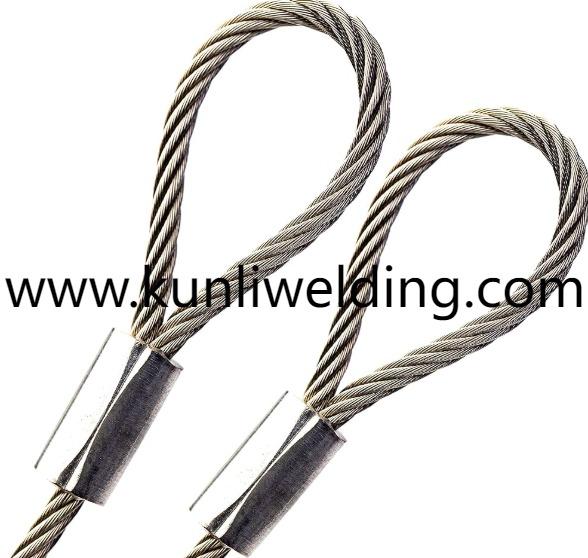Is Supplier Transparency The Key To Reliable ER4943 Performance In Workshops

Shifts in vehicle design and manufacturing are putting lightweight metals in sharper focus, and Aluminum Welding Wire ER4943 is appearing more often on procurement lists as a filler that matches the demands of modern assembly and repair. Automotive engineers and welding teams note how a filler that combines reliable joint strength with manageable finishing behavior can help assembly lines stay on schedule while meeting appearance expectations.
Why the automotive sector is paying attention Recent trends toward lighter structures and longer service intervals are influencing material choices across vehicle systems. When designers opt for lighter panels and components to improve efficiency and handling, the joining method and filler selection become vital to keeping parts true to their design intent. Suppliers who describe how a wire behaves in service conditions help manufacturers choose a product that aligns with both structural goals and finish requirements.
Performance that fits production ER4943 is frequently mentioned because it balances deposit strength with good wetting and fluidity during welding. For fabricators that must control distortion and reduce post weld dressing time the combination of consistent arc behavior and manageable bead appearance matters. That makes the wire useful in operations that mix automated welding and handheld finishing, where predictable deposits reduce rework and keep paint and sealing steps on track.
Corrosion resilience and repairability play into lifecycle thinking Components that face exposure to moisture and road contaminants require joint choices that do not accelerate surface wear. A filler that supports stable corrosion performance helps lower maintenance touch ups and extends service intervals. For repair shops and fleet maintenance operations, filler wires that reduce the need for aggressive surface preparation save time and cost during routine overhauls.
Supply and process clarity reduce production risk When the supply of a specific alloy tightens fabricators must assess whether substitute wires will match their process needs. Manufacturers who publish clear handling notes and recommended welding approaches shorten the trial curve. That clarity matters when production planners must decide whether to pause a run to qualify a different product or to proceed with a validated filler they can rely on to behave predictably in their machines.
Where ER4943 is being applied in vehicle work The wire often appears in frame and structural sub assemblies where joint strength and low distortion are balanced against the need for neat finishing. It also finds use in parts that will be refurbished or where surface quality matters to final appearance. In these contexts the right filler helps teams keep painting and sealing steps efficient while preserving dimensional control during assembly.
Shop floor practice that unlocks value From a practical standpoint the payoff comes from managing heat input and from clean preparation before welding. Teams that standardize cleaning protocols and that run short validation welds for new batches of material avoid surprises in production. Pairing operator technique with supplier guidance on storage and handling reduces the chance that contamination will impair arc stability or deposit quality. Those operational habits turn a good alloy choice into dependable daily performance.
Designers and sustainability conversations Because lighter assemblies are part of broader efforts to improve efficiency, a filler that supports repairable joints and that does not force part replacement fits into circular maintenance thinking. When filler selection makes refurbishment easier and lowers waste it aligns with procurement aims to reduce lifecycle cost and environmental footprint. That alignment is why material choices are now evaluated alongside assembly process and end of service considerations.
Procurement guidance for manufacturing teams When choosing a supplier, ask for application notes and for representative sample guidance so you can run a short validation under your shop conditions. Practical trial joints reveal how much dressing and finishing a batch requires and whether the deposit behavior matches your welding machines and fixtures. Those insights protect schedules and help teams keep vehicle assembly and repair workflows stable even when supply shifts occur
As vehicle makers and repairers adjust to evolving design priorities the filler choices in the workshop carry more influence than ever. When a wire helps preserve geometry resist surface wear and ease finishing, it contributes directly to production rhythm and to long term serviceability. For readers seeking product information and application notes from a manufacturer that publishes practical guidance and product listings visit the resource area at www.kunliwelding.com .
- AI
- Vitamins
- Health
- Admin/office jobs
- News
- Art
- Causes
- Crafts
- Dance
- Drinks
- Film
- Fitness
- Food
- Jocuri
- Gardening
- Health
- Home
- Literature
- Music
- Networking
- Alte
- Party
- Religion
- Shopping
- Sports
- Theater
- Wellness


